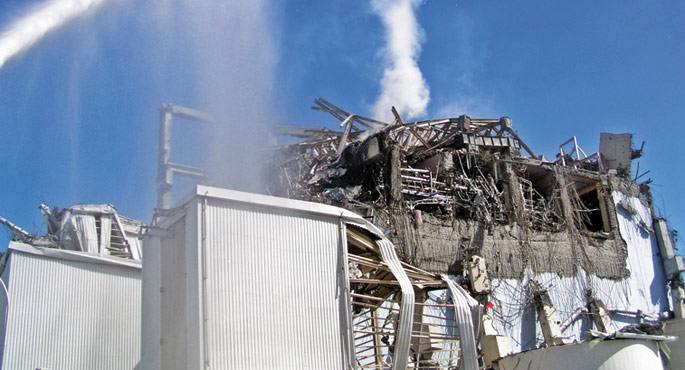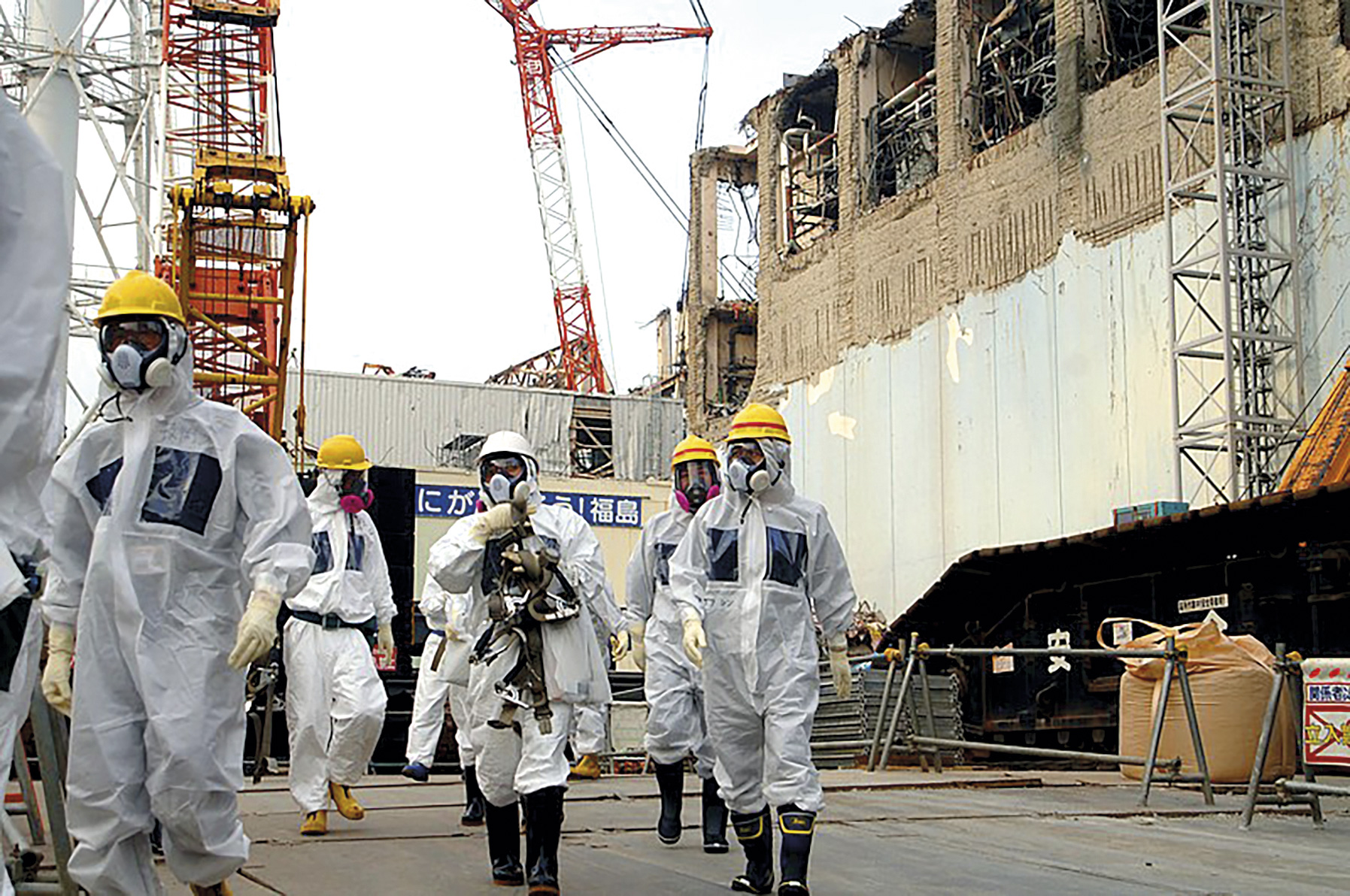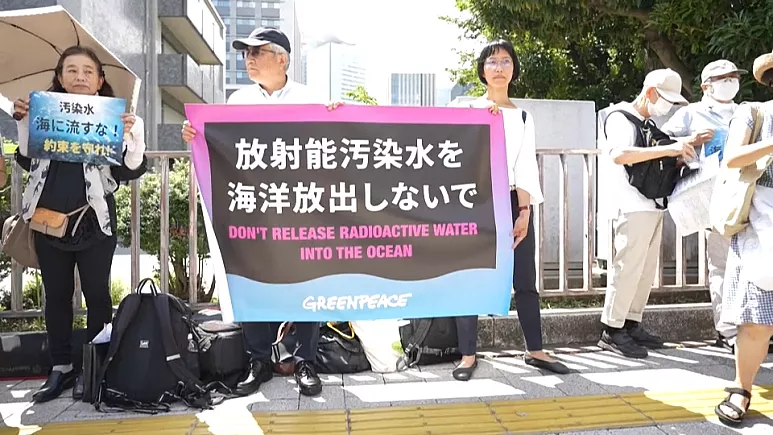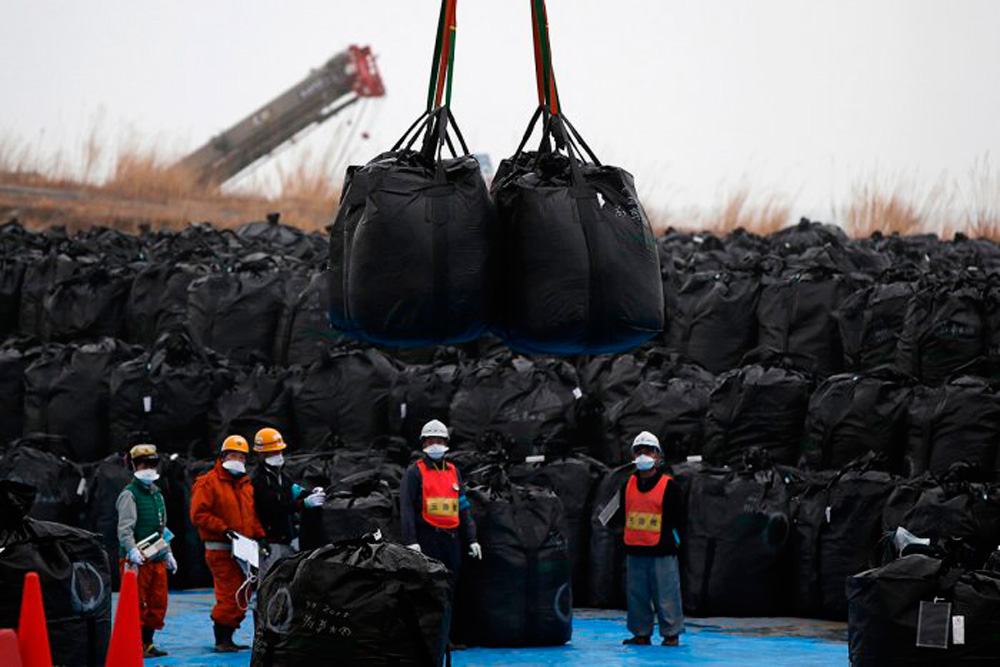What's going on in the subsoil of Fukushima?

It's been two years since the explosion at the Fukushima nuclear power plant and in this corner most of the data we've given so far has been on the level of surface radioactivity. On this occasion, however, we must mention something that is not seen: the water that has been used and is being used to cool the systems.
As soon as the accident occurred at the plant, seawater was used refrigerantly. When they managed to control the temperature, the salt water let go of fresh water. Thousands of tons of water have been used in this work, and more than one has asked where the water is. One part would evaporate, another part would return to the sea, and another part is thought to disperse under the surrounding terrain. There's no certainty about anything, but you've realized that the level of radioactivity of water in the wells you've recently excavated is huge.

























